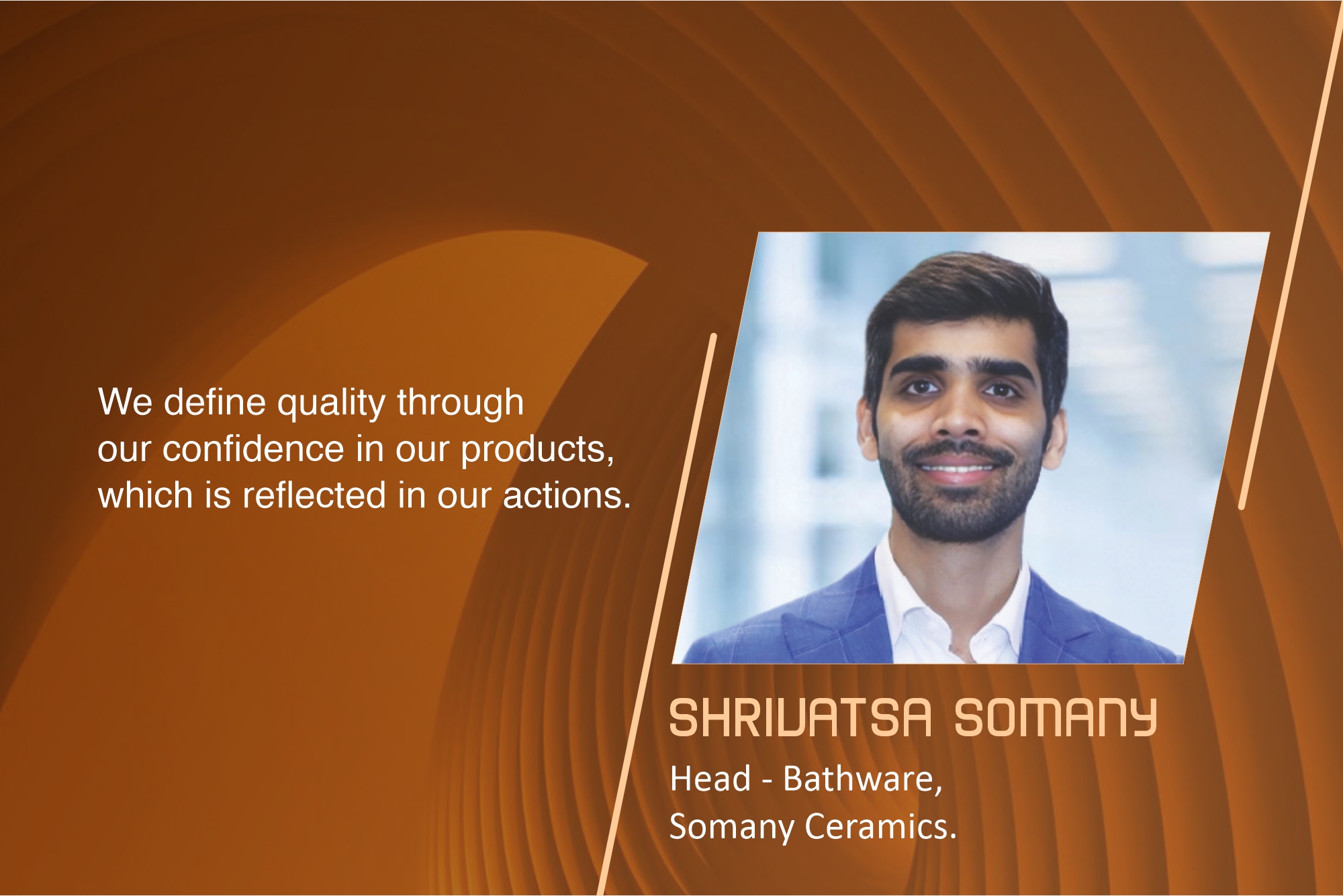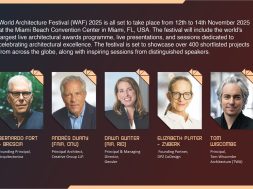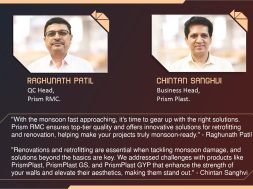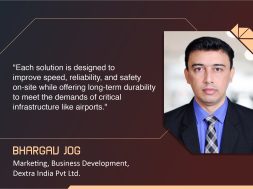European market cares about water saving

Shrivatsa Somany discusses the adoption of Somany’s products in the European market, its marketing strategy, and the product-first policy.
ISH is one of the leading industry expos for HVAC and architectural solutions, such as bathwater and water solutions. What motivated you to participate?
This is our second time at ISH. We are showcasing several of our high-end products. Our products are of high quality and at a more reasonable price than most exhibitors here. It has been a great experience so far. After our previous participation, our exports almost doubled, which encouraged us to return. We have a strong portfolio, especially water-saving features highly relevant to the West, where sustainability is a priority. One such is our French collection faucets, with a double-stage cartridge designed to save water. ISH has helped us connect with the European market and attracted visitors from regions like Africa.
The European market fundamentals are entirely different from those of the domestic Indian market, especially in terms of aesthetics, features, and cultural practices. How do you look at this difference?
The European market is distinct in the way they care about water saving. Europeans are willing to pay a premium price for the water-saving feature. But Indians are price-conscious. For example, Hansgrohe has made an entire invention that can syphon and clean water from a shower and then put it into toilets. We at Somany are bringing a small part of that in products with ceramic, which is a very sustainable product.

Which country of the European market is more accepting of your range of products?
Smaller European nations like Malta, Eastern European countries, and some Russian markets have shown acceptance. In contrast, the core European markets like France and Germany are still inclined to consume what they produce locally. They rely on brands like Hansgrohe and other domestic manufacturers for their products.
What is your international marketing strategy? Do you plan to create your own arms here, or do you want to go to a dealership?
We work with distributors in Africa and England, where our business is growing quickly. ISH has several Chinese players, but we are significantly undercutting them on price.
Where do you source your raw materials from—India or outside?
All our raw materials for sanitaryware are predominantly Indian. While glazes are imported, we source our clay from Rajasthan and Gujarat. As far as our faucets are concerned, we are 100 percent Indian in manufacturing. However, we use high-end cartridges imported from Germany for our French collection because dealer confidence comes with these parts. Our PVD coating is done in the same plant as Kohler’s. We maintain a very high manufacturing quality, but for components we don’t manufacture, we buy from the best.

Can you share some insights into the quality control and certifications you follow?
From an Indian perspective, we have all our ISI certifications in place. We ensure our product quality speaks through its usage. All our products are tested in-house first, even sanitary products, and we don’t go into mass production until those feedback loops are completed.
In continuation, are there any norms you must follow, like European standards, when you supply to the European market? How do you accommodate that?
Our norms are pretty strict! Our products always qualify for tests like the 50-ball test and 49-ball test for flushing. We are also on par with some international brands. For example, we matched all 30 parameters stipulated by the Thai brand Koto. We are a product-first company, even though we are a challenger brand.
How did you adapt yourself when moving from India to an international market?
We are still in the learning phase, understanding what the market wants. For example, one big learning is our realisation of earthen colours. This is completely different from how we operate in our country, where we prefer things a little louder, fancier, and more vibrant. Many trends we see here trickle down to us about two years later. It has been a great experience with a lot of learning. The biggest lesson is how to market a product. Europeans are truly masters of marketing—the beautiful ways they hang and display their products are phenomenal. Our biggest takeaway from this fair is learning how to showcase products to people effectively.
For more details, visit: https://www.somanyceramics.com/
Cookie Consent
We use cookies to personalize your experience. By continuing to visit this website you agree to our Terms & Conditions, Privacy Policy and Cookie Policy.










